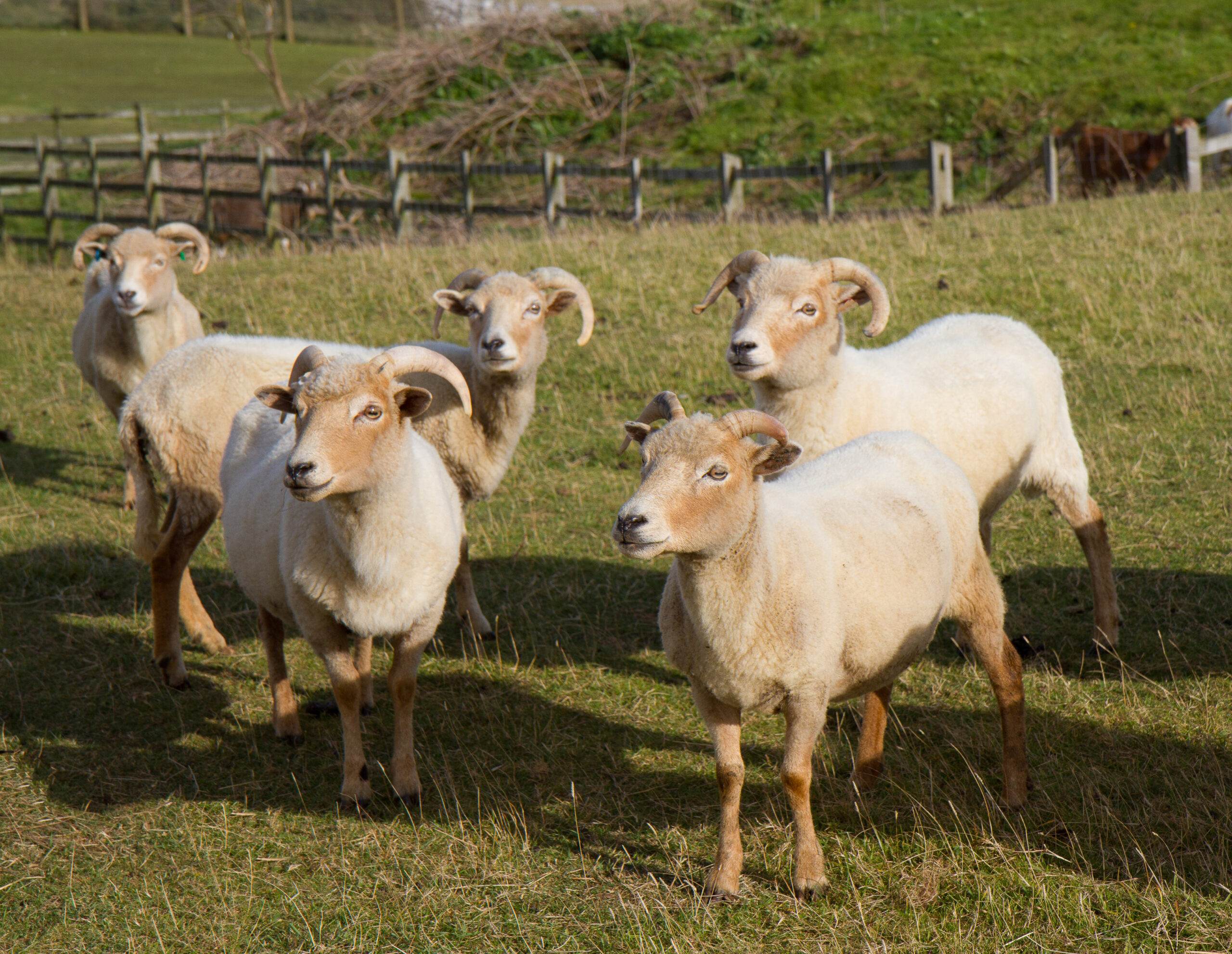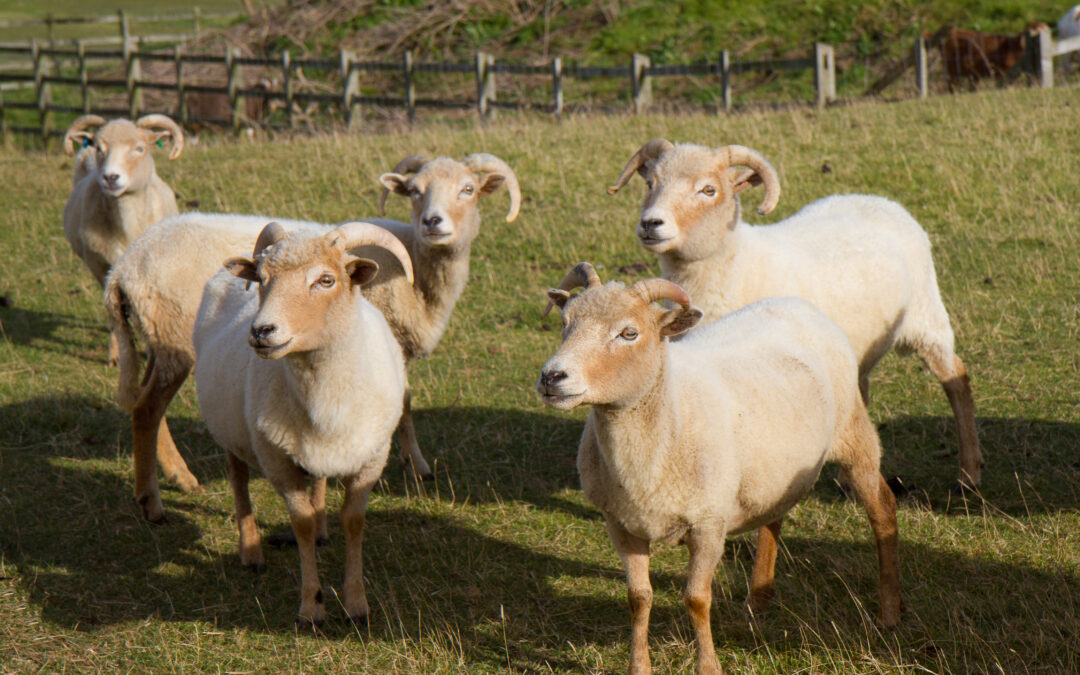Are you ready to take on the challenge of raising livestock for fun and profit on a small scale? If so, then this blog post is just what you need. Keep reading to learn more about how you can get started with your very own home farm.
Introduction to Small-Scale Livestock Farming
Small-scale livestock farming is becoming increasingly popular as people seek out ways to live sustainably and make money from their land. By raising animals such as chickens, goats, pigs, and cattle, you can provide your family with fresh meat and dairy products while also generating income by selling excess produce to local markets or directly to consumers.
Choosing the Right Animals for Your Home Farm
The first step in starting a small-scale livestock farm is choosing the right animals for your needs. Consider factors such as space availability, climate, and market demand when selecting which types of animals to raise. For example, if you have limited space, chickens or rabbits may be a better choice than cows or horses. Additionally, consider the purpose of your farm. Are you primarily interested in producing milk or eggs, or do you want to raise animals for meat? Once you’ve identified the best animals for your situation, it’s time to move onto housing and feeding them.
Get More Homesteading and Self-Reliance Tips. Subscribe!

Housing and Feeding Your Livestock
When it comes to housing and feeding your livestock, there are several things to consider. First, ensure that you provide adequate shelter to protect your animals from weather extremes and predators. This could include barns, sheds, or other structures depending on the type of animal you’re raising. Next, develop a feeding plan based on the specific nutritional requirements of each species. This may involve growing crops or purchasing feed from local suppliers. Tips for Making a Profit from Your Homegrown Meat

Once you’ve gotten your small-scale livestock farm up and running, you may be wondering how to turn a profit from your homegrown meat. Here are some tips:
1. Identify a niche market – Consider specializing in organic or grass-fed meats, which often command higher prices at farmers markets and grocery stores.
2. Sell direct to consumer – Set up a stand at a local farmer’s market or offer online sales to customers who value locally produced food.
3. Diversify your product line – In addition to meat, consider offering items like eggs, cheese, or honey to increase revenue streams.
4. Reduce costs – Look for ways to cut expenses such as buying feed in bulk or using natural breeding methods instead of artificial insemination.
Conclusion
Raising livestock for fun and profit on a small scale can be challenging but rewarding work. With careful planning and attention to detail, you can create a successful home farm that provides your family with healthy, sustainable food while also generating extra income.



